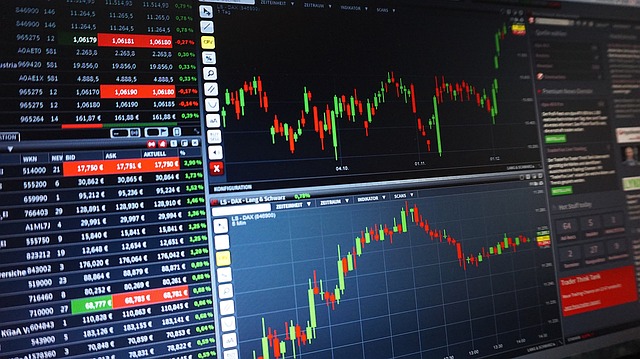Exploring International Financial Markets: Trading Beyond Boundaries

In the interconnected world of finance, exploring international financial markets opens up opportunities for traders seeking diversification, exposure to different economies, and potential higher returns. This article delves into the intricacies of international financial markets, guiding readers through key concepts, strategies, and considerations for trading beyond boundaries.
Understanding International financial markets
International financial markets encompass the global network of currency trading platforms where participants buy, sell, and speculate on the value of currencies from different countries. These markets operate 24 hours a day, five days a week, allowing traders to trade currencies across different time zones.
International financial markets facilitate global trade, investment flows, and financial transactions. They serve as a barometer of economic health, reflecting market sentiment, geopolitical developments, and monetary policies of nations worldwide.
Opportunities and Benefits of Trading International Financial Markets
Diversification Benefits
Tradinginternational financial markets provides diversification benefits by spreading risk across multiple currencies, economies, asset classes, and geopolitical regions. Diversified portfolios are less susceptible to localized economic downturns or currency devaluations.
Access to Emerging Markets
International financial markets offer access to emerging economies with high growth potential, dynamic market conditions, and untapped trading opportunities. Emerging market currencies may exhibit higher volatility but can offer returns for savvy traders.
Hedge Against Currency Risk
Tradinginternational financial markets allows traders to hedge against currency risk by holding positions in currencies that may appreciate relative to their domestic currency. Currency hedging strategies help mitigate the impact of adverse exchange rate movements on trading portfolios.
Strategies for Trading International financial markets
Fundamental analysis: This involves evaluating economic indicators, central bank policies, geopolitical events, and macroeconomic trends to assess the fundamental value of currencies. For equities, it involves looking at company financial statements and sector performance. For bonds, it depends on the region – for example, treasury bonds will perform based on US policies while gilt bonds will perform based on UK policies. Understanding the underlying drivers of currency movements is essential for informed trading decisions.
Technical analysis: This strategy entails analyzing price charts, trend patterns, and technical indicators to identify potential entry and exit points in international financial markets. Technical analysis tools help traders gauge market sentiment, momentum, and price trends.
Carry trade strategies: These involve borrowing funds in currencies with low-interest rates and trading currencies with higher interest rates to capture interest rate differentials. Carry trades can generate passive income through interest rate spreads but carry inherent risks, including exchange rate volatility and interest rate fluctuations.
Considerations for Trading International financial markets
Exchange Rate Risk
Exchange rate risk arises from fluctuations in currency exchange rates, which can impact the value of international trades denominated in foreign currencies. Traders should assess exchange rate risk and implement hedging strategies to mitigate potential losses.
Geopolitical Risk
Geopolitical risk encompasses political instability, geopolitical tensions, trade disputes, and regulatory changes that can affect international financial markets. Traders should stay abreast of geopolitical developments and their potential impact on currency markets.
Regulatory Considerations
Regulatory frameworks governing international financial markets vary across jurisdictions and may impose restrictions on currency trading, leverage limits, and trader protections. Traders should familiarize themselves with regulatory requirements and adhere to compliance standards.
Practical Tips for Trading International financial markets
Before trading international financial markets, conduct thorough research on currency pairs, economic fundamentals, geopolitical factors, and market conditions. Stay informed about global events and trends that may influence currency movements.
Start Small and Diversify
Start with small trading amounts and gradually build exposure to international financial markets over time. Diversify your currency holdings across different regions, currency pairs, and asset classes to spread risk and enhance portfolio resilience.
Practice Risk Management
Implement risk management strategies, including setting stop-loss orders, managing position sizes, and diversifying across asset classes. Avoid overleveraging and maintain sufficient liquidity to withstand market volatility and adverse price movements.
Conclusion
Trading international financial markets offers a gateway to global opportunities, diversification benefits, and potential returns beyond domestic boundaries. By understanding the dynamics of international currency markets, adopting sound trading strategies, and managing risk effectively, traders can navigate the complexities of Forex trading with confidence and prudence. Embrace the journey of trading beyond boundaries and unlock the potential of international financial markets to enhance portfolio performance and achieve long-term financial goals.










